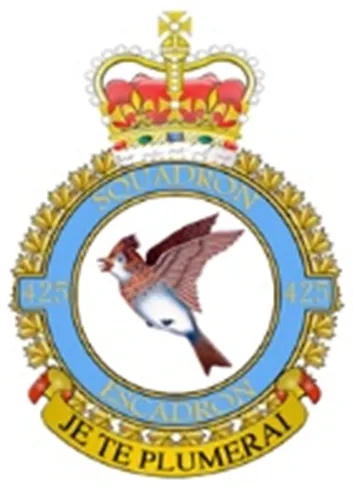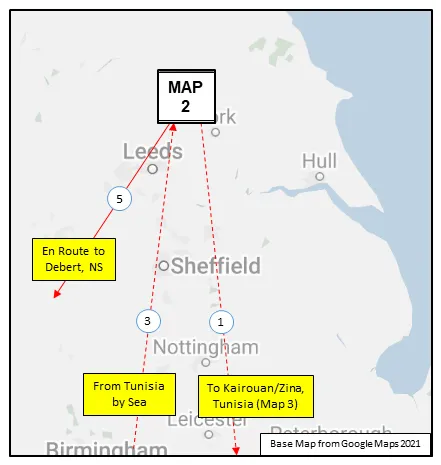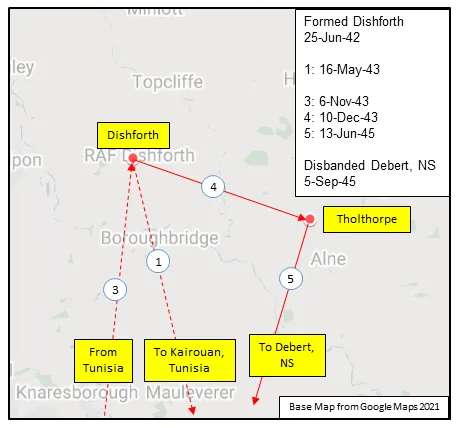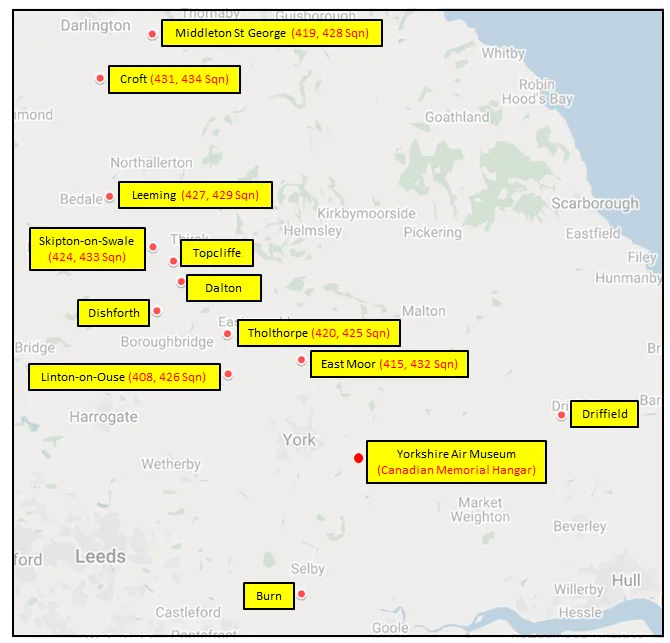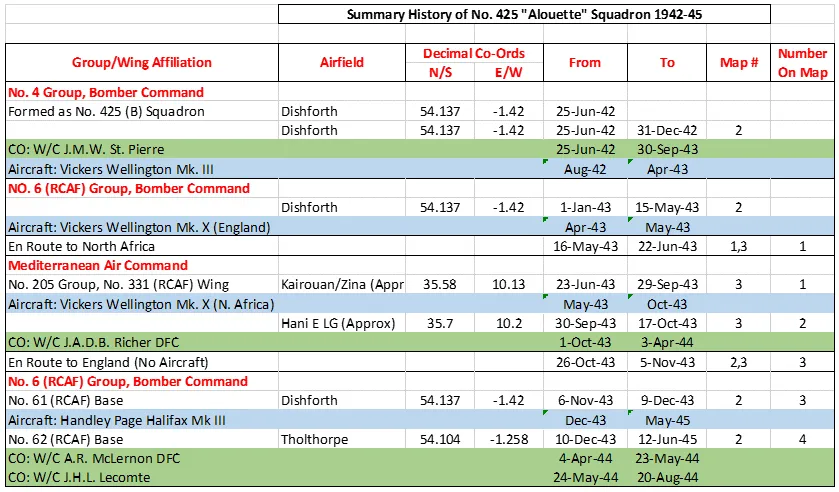McDonnell Voodoo CF-101
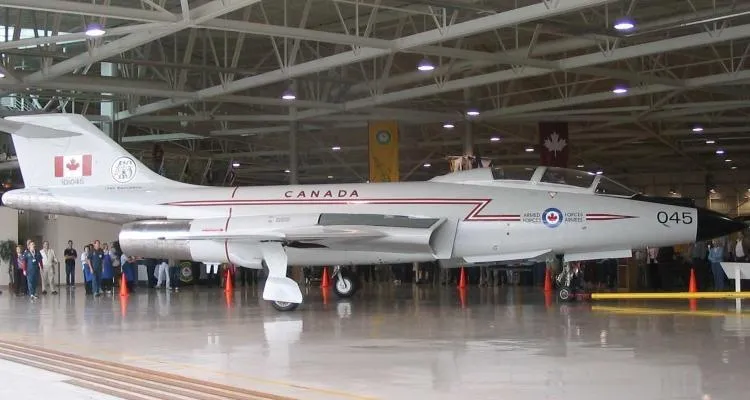
The McDonnell CF-101 Voodoo was an all-weather interceptor fighter operated by the RCAF and the Canadian Forces between 1961 and 1987. They were manufactured by the McDonnell Aircraft Corporation of St. Louis, Missouri for the USAF (as F-101s), and later sold to Canada. Canada purchased F-101s in two batches. The Royal Canadian Air Force purchased 56 F-101B and 10 F-101F aircraft from the United States in 1961. The surviving first batch CF-101s were exchanged in 1970 ââ"�¬â€œ 1972 for 56 lower time USAF F-101B and 10 F-101F aircraft. The second batch of Voodoos served as front line interceptors for the Canadian Armed Forces until the end of 1984. Additionally, one further F-101 (a unique electronic warfare conversion) was leased to Canada from 1982 to 1987.
The Voodoos replaced the obsolete Avro CF-100 Canuck in the RCAF's all-weather fighter squadrons. The Voodoo's primary armament was nuclear AIR-2A Genie unguided air-to-air rockets, and there was significant political controversy in Canada about their adoption. Although they never fired a weapon in wartime, the CF-101 served as Canada's primary means of air defence from Quick Reaction Alert facilities at Canadian airbases. Canadian Voodoo operations finally concluded in April 1987 and on their retirement, they were replaced with McDonnell Douglas CF-118 Hornet fighters. Many examples are preserved in museums and parks in Canada and the USA.
The first deliveries of Voodoos to Canada took place under the designation Operation Queens Row between July of 1961 and May of 1962. The delivery included 25 F-101B-115-MCs and 31 F-10B-120-MCs, all produced in 1959, and ten F-101F two-seat operational trainers, including four F-101F-116-MCs and six F-101F-121-MCs. RCAF CF-101Bs and CF-101Fs were assigned new Canadian serial numbers using the last three digits of their USAF serials prefixed by the number 17. The first 45 CF-101Bs and CF-101Fs entered operational service on 13 Nov 1961 with No. 410 "Cougar" Squadron based at Ottawa, Ontario. Voodoos were flown by No. 409 "Nighthawk" Squadron based at Comox, British Columbia, No. 414 "Black Knight" Squadron based at North Bay, Ontario, No. 416 "Lynx" Squadron based at Bagotville, Quebec, and No. 425 Squadron "Alouette" Squadron based at Chatham, New Brunswick.
In 1970-71, the 46 surviving CF-101Bs and CF-101Fs were exchanged with the USAF for 56 refurbished and modernized F-101B interceptors and ten new F-101F operational trainers under "Operation Peace Wings". These ex-USAF Voodoos were from earlier production batches, but had been upgraded with infrared sensors and improved fire control systems as part of "Project Bold Journey." In Canadian service, this new batch of 66 Voodoos were assigned consecutive serial numbers in the 101001 to 101066 range, with the ten CF-101Fs being given the numbers 101001/101007, 101022, 101024 and 101052. These modernized Voodoos remained in service with Nos. 409, 410, 416, and 425 Squadrons until replaced by McDonnell Douglas CF-188A and CF-188B Hornets in the early 1980s.Harold A Skaarup Web Page





 Canadian Virtual War Memorial
Canadian Virtual War Memorial Find-A-Grave.com
Find-A-Grave.com Biencourt, Quebec
Biencourt, Quebec
 Harold A Skaarup Web Page
Harold A Skaarup Web Page Wikipedia McDonnell CF-101 Voodoo
Wikipedia McDonnell CF-101 Voodoo YouTube McDonnell CF-101 Voodoo
YouTube McDonnell CF-101 Voodoo